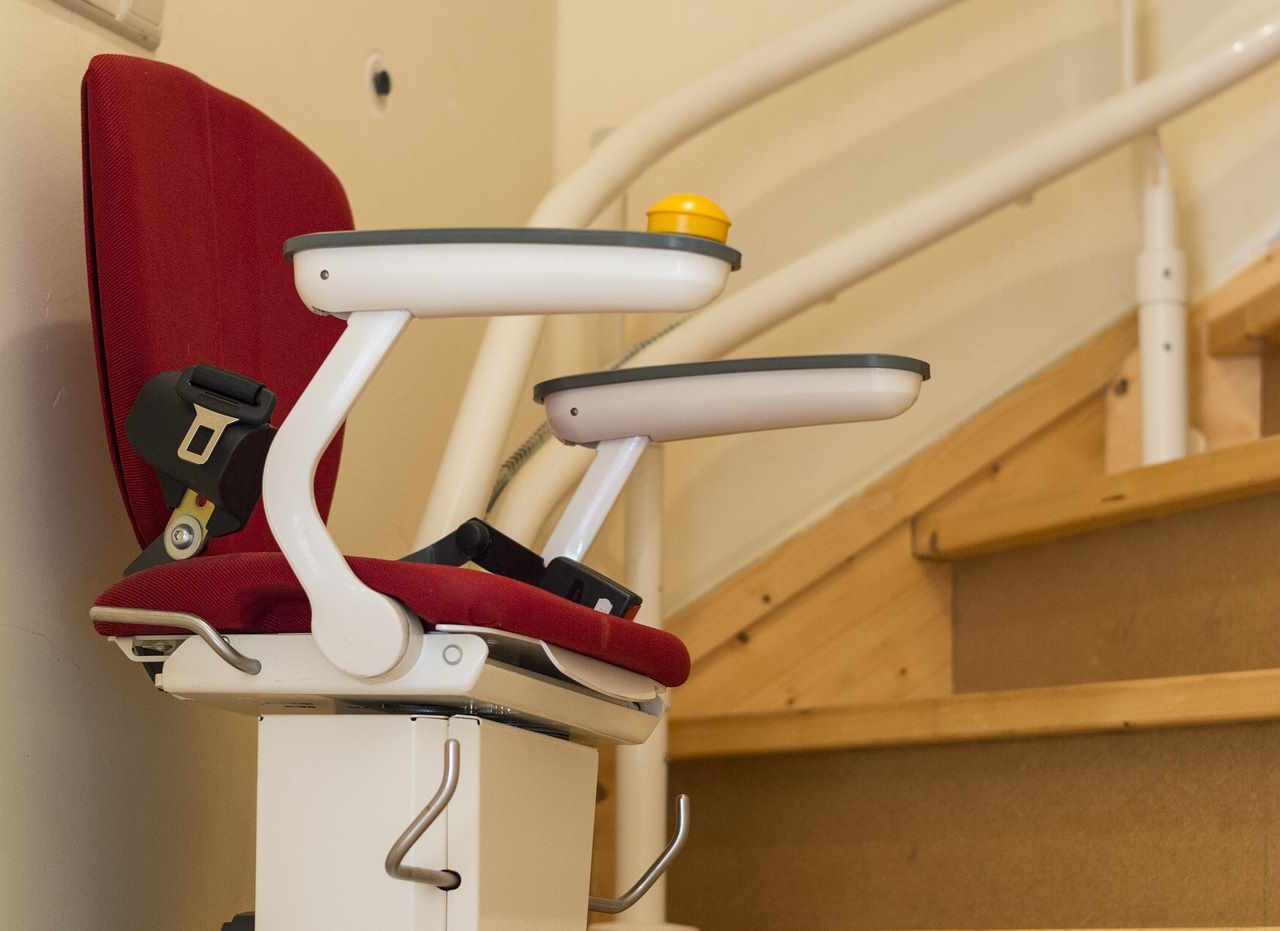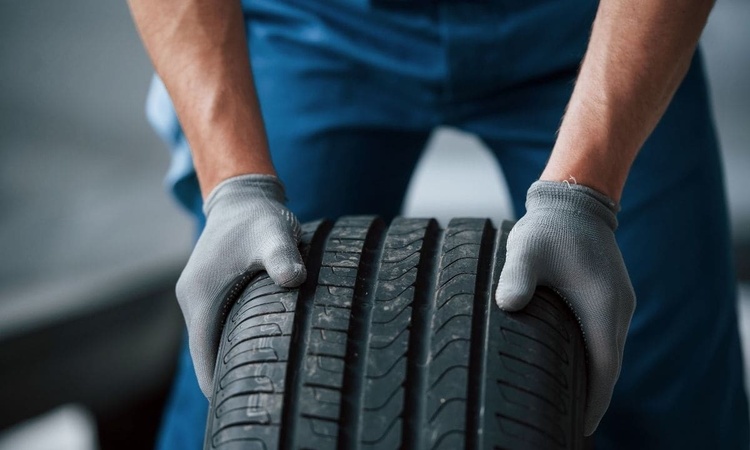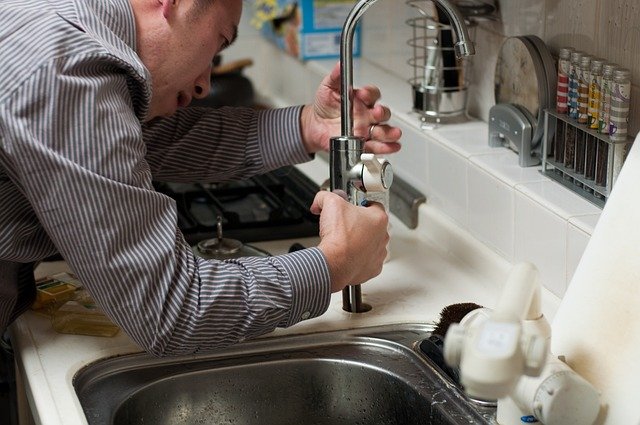Mobile stairlifts for mobility and accessibility on stairs
Mobile stairlifts offer a practical option for people who need help moving between levels in a home or temporary setting. These devices can provide a safer alternative to carrying someone on stairs or relying on makeshift ramps. Mobile stairlifts are designed to be moved, rented, or installed without major structural changes, which makes them useful for short-term needs, temporary access during renovations, or when permanent adaptations are not possible. This article explains how mobile stairlifts work, who they suit, and what to consider when evaluating options for wheelchair users, people with reduced mobility, and those seeking improved accessibility in their homes or local services.

How mobile stairlifts support mobility
Mobile stairlifts are engineered to support mobility by providing a mechanical means to ascend and descend stairs with minimal physical strain. They can be operated by the user, a caregiver, or an assistant, depending on model and local regulations. Common designs include seated stairlifts for ambulant users and platform lifts for wheelchair access. Features often include safety belts, foldable seats or platforms, swivel seats for easier transfers, and emergency stop controls. For many people, a mobile stairlift reduces the risk of falls on stairs and helps maintain independence in multi-level dwellings without requiring major construction.
Can wheelchair users use mobile stairlifts?
Not every mobile stairlift is suitable for wheelchair users, but there are portable platform lifts specifically designed for this purpose. These models allow a wheelchair to be rolled onto a platform which then travels along a rail or vertical mast. Key considerations include platform size, weight capacity, and secure tie-down arrangements. Some mobile options are intended for short-term use or outdoor steps rather than long indoor flights. Before choosing a solution, an assessment by an occupational therapist or mobility specialist can confirm whether a mobile platform is appropriate for the wheelchair type and the user’s transfer needs.
How do mobile stairlifts work on stairs?
Mobile stairlifts operate using either a rail system mounted to the stairs or a freestanding mast for platform lifts. Straight-stair rail systems are typically simpler and quicker to install, while curved stairs require custom rails if a permanent lift is desired; mobile models may not suit complex curves. Power sources vary: many use rechargeable batteries with a base charging point, allowing operation during power outages, and electric motors provide smooth movement. Portable designs prioritize quick assembly, secure anchoring, and foldability to allow passage on stairways when not in use. Safety sensors detect obstructions and halt movement, and manual lowering mechanisms are sometimes available for emergencies.
What mobile stairlifts mean for disability independence
For people with disabilities, mobile stairlifts can increase independence by enabling access to bedrooms, bathrooms, or communal areas located on different levels. They can reduce reliance on carers for stair transfers, but they do not replace full accessibility solutions such as ramps, lifts integrated into buildings, or ground-floor adaptations when long-term use is anticipated. Proper training on safe transfers, regular maintenance, and periodic safety checks are essential to ensure continued safe use. This article is for informational purposes only and should not be considered medical advice. Please consult a qualified healthcare professional for personalized guidance and treatment.
How mobile stairlifts improve accessibility in your area
When considering accessibility improvements in your area or for local services, mobile stairlifts provide a flexible option for short-term needs, visitor access, or trialing a solution before committing to permanent adaptations. Service providers and equipment hire companies often offer assessments, short-term rentals, and installation for events or temporary housing. Coordination with housing authorities or accessibility advisors can clarify whether permits or specific safety standards are required. It is also important to check that the stair dimensions, landing space, and structural stability meet the manufacturer’s specifications for safe operation.
Conclusion
Mobile stairlifts can be a practical component of an overall accessibility plan, offering flexibility for short-term or transitional needs while reducing the physical demands of stair use. Careful selection—based on stair layout, wheelchair compatibility, safety features, and professional assessment—helps ensure the device meets individual needs. For long-term accessibility, mobile stairlifts may be one part of a broader strategy that includes structural adaptations and professional guidance.






